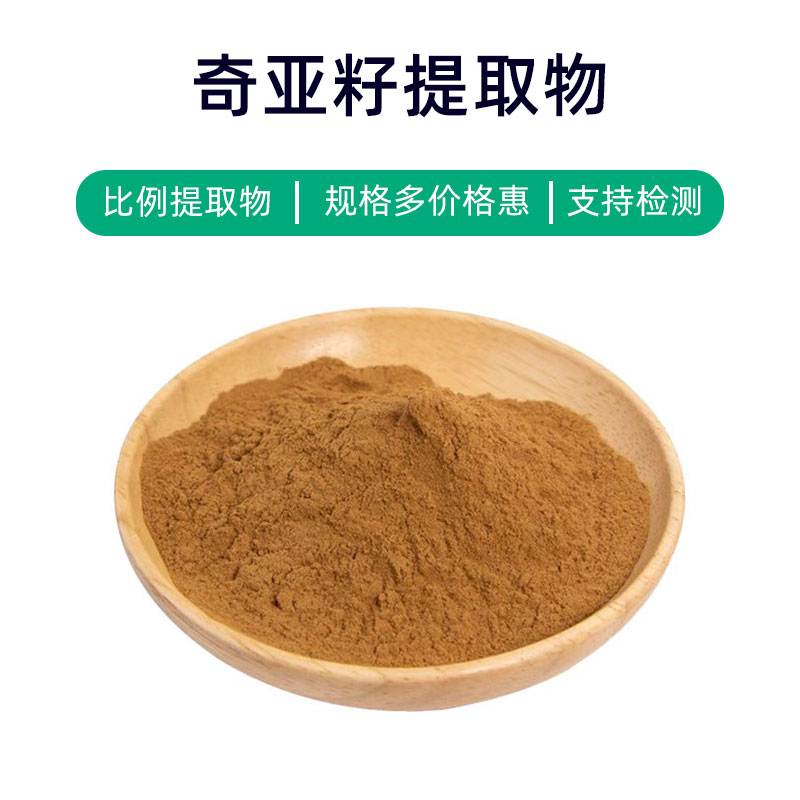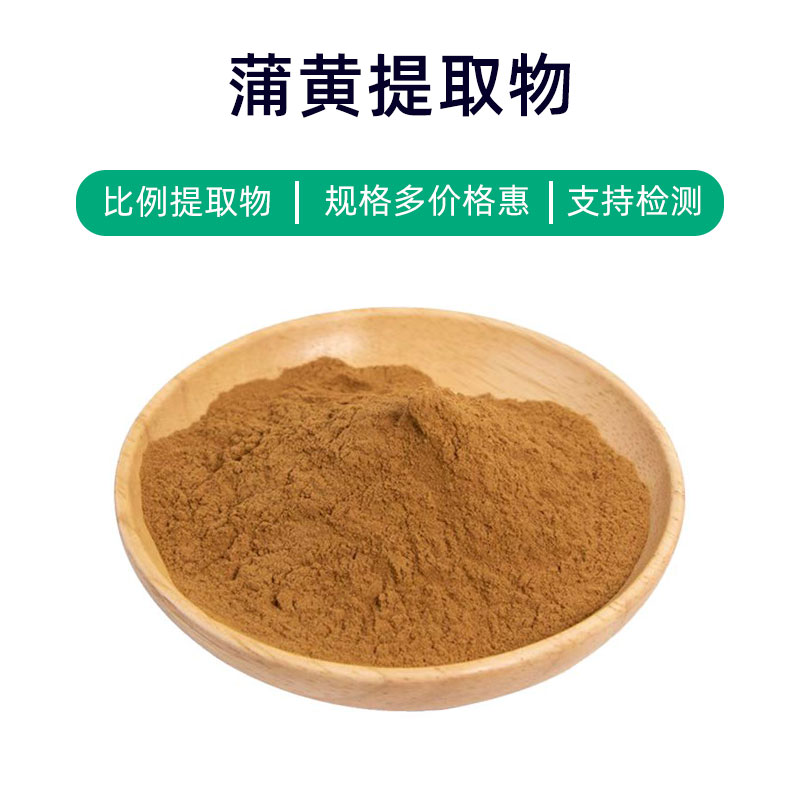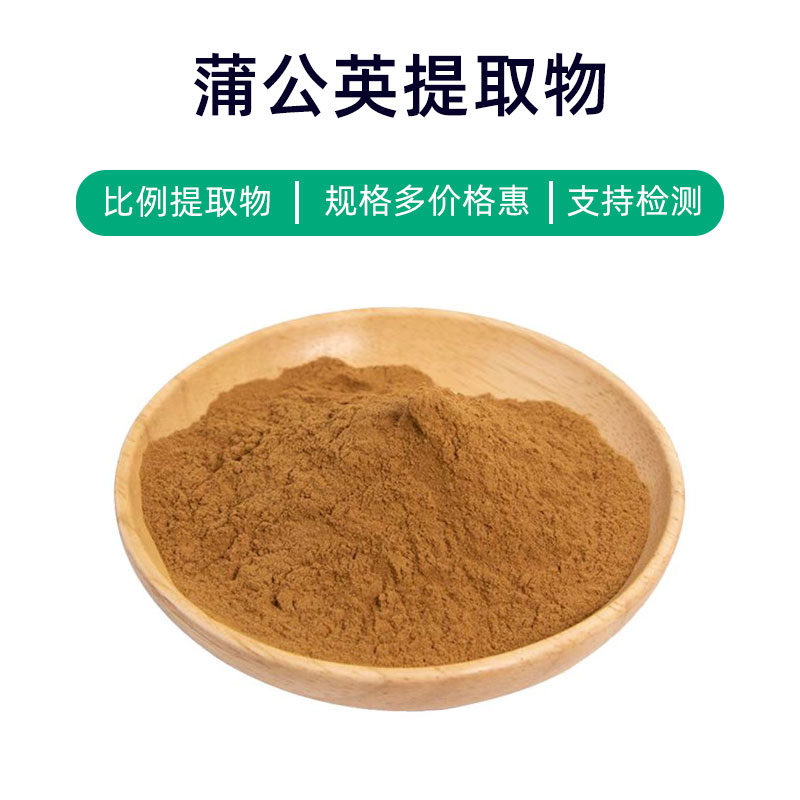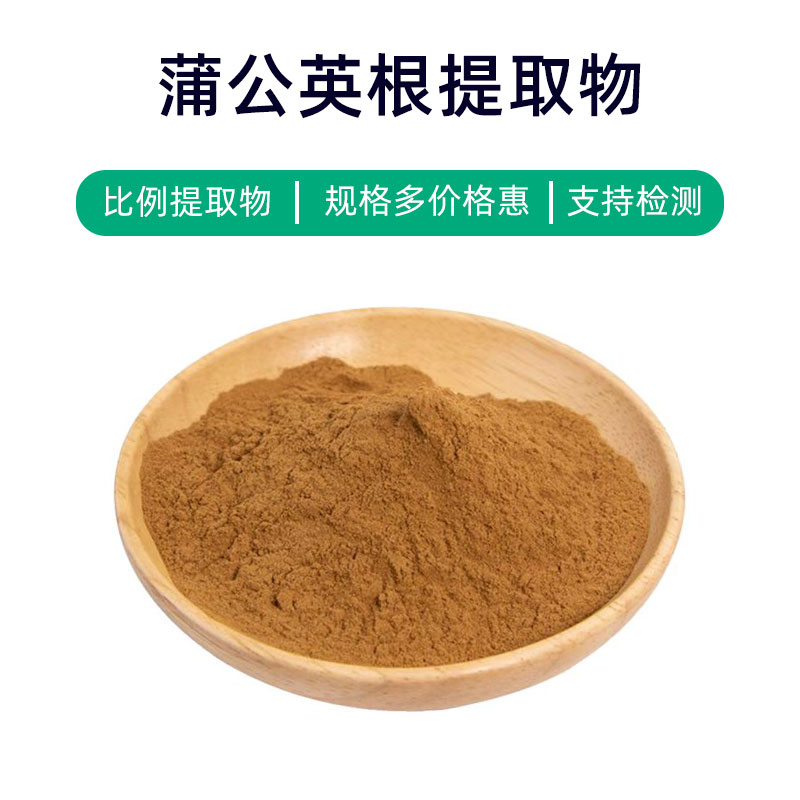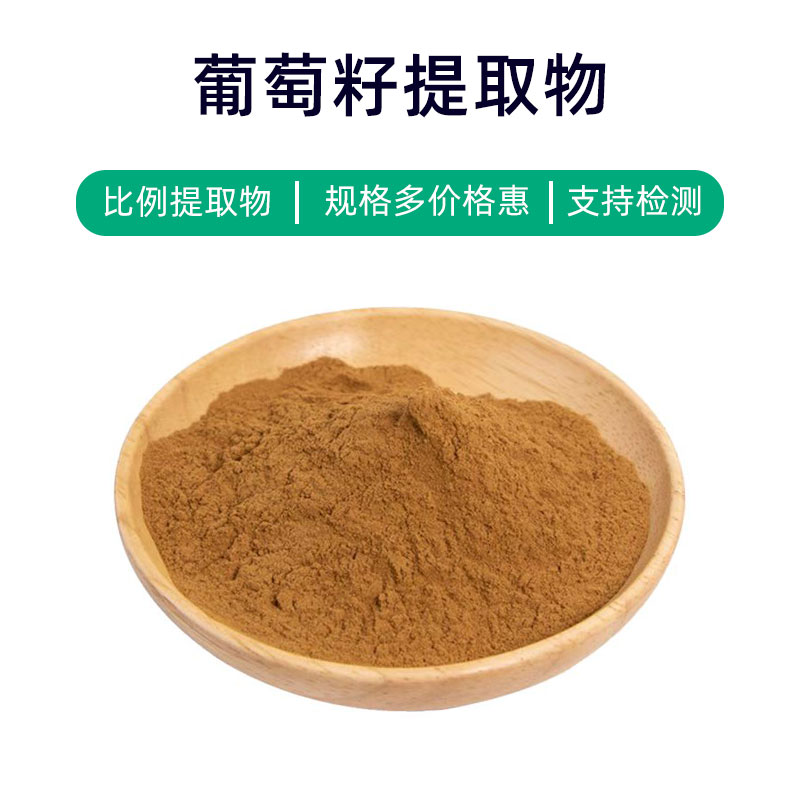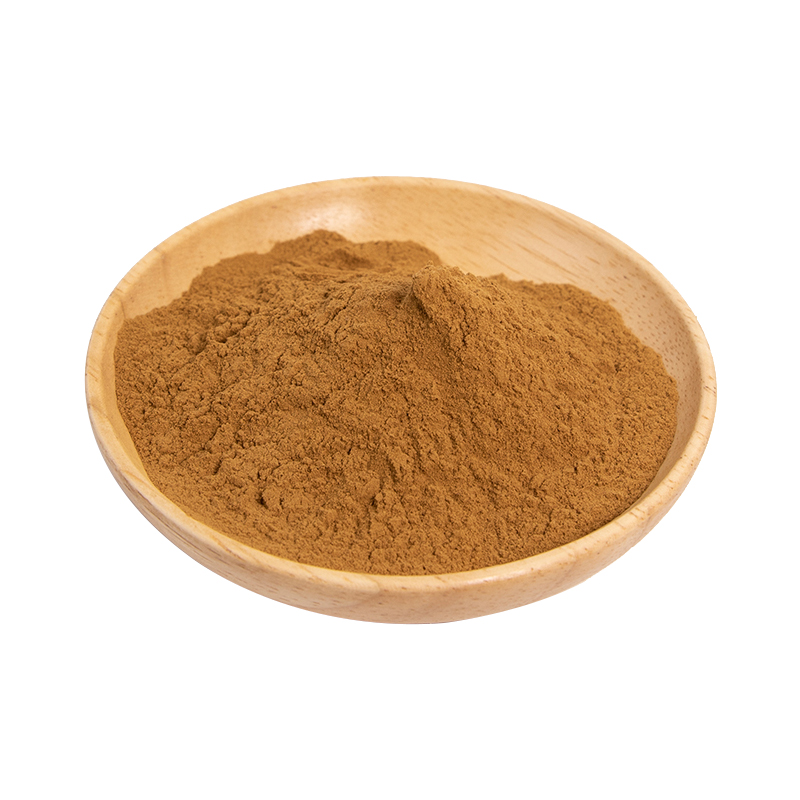Introduction to Gu-Sui-Bu Extract
Gu-Sui-Bu extract is a natural plant extract derived from the rhizome of the Gu-Sui-Bu plant. Its main components include flavonoids, polysaccharides, and trace elements, which are thought to have antioxidant, anti-inflammatory, and bone health-promoting effects.
In the medical field, Gu-Sui-Bu extract is commonly used in traditional Chinese medicine formulations to regulate energy and blood flow, activate circulation, and enhance bone health. Its flavonoid components are believed to possess antioxidant and anti-inflammatory properties, which can help alleviate joint pain and inflammation. The polysaccharides contribute to immune system enhancement and improve resistance. Trace elements like calcium and zinc play a crucial role in bone health, helping to prevent osteoporosis and related diseases.
Beyond the medical field, Gu-Sui-Bu extract is also utilized in health products and cosmetics. As a health supplement, it is often included in joint care products aimed at improving joint flexibility and promoting bone health. In cosmetics, its antioxidant and anti-inflammatory properties make it a common ingredient in skincare products, helping to reduce skin inflammation and promote skin repair and hydration.
Overall, Gu-Sui-Bu extract, as a natural plant extract, offers numerous benefits and has found widespread application in medicine, health products, and cosmetics.
Production Process for Gu-Sui-Bu Extract
The production process of Gu-Sui-Bu extract typically includes the following steps:
- Raw Material Preparation: Select high-quality Gu-Sui-Bu plant rhizomes, wash, and conduct initial processing to remove impurities.
- Crushing and Grinding: Crush and grind the cleaned Gu-Sui-Bu rhizomes to increase extraction efficiency and surface area.
- Extraction: Use suitable solvents (e.g., water, ethanol) for extraction. Common extraction methods include water extraction, alcohol extraction, and supercritical fluid extraction.
- Filtration and Concentration: Filter the extraction solution to remove solid residues and impurities, then concentrate the solution using appropriate equipment to obtain a concentrated liquid.
- Separation and Purification: Use methods such as precipitation, crystallization, and membrane separation to isolate and purify target components.
- Drying: Dry the purified extract to reduce moisture content, enhancing stability and shelf-life.
- Grinding and Packaging: Grind the dried Gu-Sui-Bu extract to obtain an appropriate particle size, then package it to ensure product quality and safety.
- Quality Control: Conduct quality inspections of the finished product, including appearance, physicochemical properties, and active ingredient content, to ensure compliance with relevant standards and regulations.
Each step of the Gu-Sui-Bu extract production process requires strict control to ensure product quality and safety.
Effects and Side Effects of Gu-Sui-Bu Extract
Gu-Sui-Bu (scientific name: Achyranthes bidentata) extract is widely utilized in traditional Chinese medicine and has shown various effects in modern medical research. The main effects include:
- Promotes Blood Circulation: Rich in active ingredients, Gu-Sui-Bu extract can enhance blood circulation, dissolve and eliminate blood stasis, and is effective in improving blood flow, alleviating pain, and reducing swelling.
- Strengthens Muscles and Bones: Contains beneficial active ingredients that promote the regeneration and repair of bone cells, enhance bone stability, and help prevent osteoporosis and fractures.
- Anti-inflammatory and Pain Relief: Research indicates that Gu-Sui-Bu extract has anti-inflammatory properties, which can reduce inflammatory reactions and alleviate pain and discomfort, making it suitable for auxiliary treatment of rheumatoid arthritis and similar conditions.
- Immune Regulation: Contains various active ingredients that can boost the immune system, enhancing resistance and preventing infections and diseases.
- Blood Pressure Regulation: Some studies suggest that Gu-Sui-Bu extract may help lower blood pressure and regulate blood pressure levels, preventing hypertension and cardiovascular diseases.
- Improves Kidney Function: Believed to protect the kidneys, promoting recovery and reducing the burden on the kidneys, thus preventing kidney diseases.
- Antioxidant: Rich in various antioxidants, Gu-Sui-Bu extract can scavenge free radicals, reduce oxidative damage, slow down aging, and protect cell health.
- Blood Sugar Regulation: Some studies indicate that Gu-Sui-Bu extract may help regulate blood sugar levels, improve insulin sensitivity, and assist in treating metabolic diseases like diabetes.
While Gu-Sui-Bu extract has many advantages, it is essential to consider individual differences and appropriate usage to avoid potential side effects from excessive or long-term use. Consulting with a healthcare provider is advised, especially for chronic diseases or prolonged treatment.
Application Scenarios and Dosage of Gu-Sui-Bu Extract
Gu-Sui-Bu extract has a wide range of applications in medicine, food, and cosmetics. Below are the applications and recommended dosages in different fields:
- Medical Applications:
- Traditional Medicine: Used as a medicinal herb in traditional Chinese medicine for promoting blood circulation, strengthening muscles and bones, and treating conditions like rheumatoid arthritis.
- Modern Drug Research: Recently, there is increasing focus on Gu-Sui-Bu extract in modern drug development aimed at treating osteoporosis, arthritis, kidney diseases, etc.
- Food Applications:
- Health Supplements: Often included in health products to promote bone health, enhance blood circulation, and boost immunity, commonly available as capsules, tablets, or powders.
- Functional Foods: Used in functional foods, such as health teas and nutritional drinks, to increase nutritional value and functionality.
- Cosmetic Applications:
- Skincare Products: Frequently added to skincare products for blood circulation, antioxidant properties, and skin repair, which can improve skin tone and texture.
- Hair Care Products: Also used in hair care products to enhance hair health, promote growth, and prevent hair loss.
Dosage Guidelines:
- Medical Use: Typically used in the form of herbal medicine, can be prepared as decoctions or applied topically as ointment. Dosage should be determined based on specific conditions and medical advice.
- Health Supplements: Generally recommended dosage is 1-2 grams per dose, taken 1-2 times daily, or as per product instructions.
- Cosmetics: Use as directed on product labels, usually applied in an appropriate amount on skin or hair and massaged until absorbed.
It is important to adhere to personal health conditions and product instructions when using Gu-Sui-Bu extract, controlling the dosage appropriately, and consulting with a healthcare provider or nutritionist to avoid adverse reactions or side effects.
Overview of the Gu-Sui-Bu Plant: Source, Distribution, and Growing Environment
Gu-Sui-Bu (scientific name: Drynaria fortunei) is a type of fern, also known as dragon bone, belonging to the Polypodiaceae family under the genus Drynaria. Below is an overview of its source, distribution, and growing environment:
Source Plant:
Gu-Sui-Bu is a common fern distinguished by its scale-like leaves with bone-like protrusions on the underside, reflecting its name. It typically grows in crevices of rocks, on tree trunks, on stone walls, and on humid mountain slopes. The leaves are mostly elongated, green or dark green, slightly hard in texture, and have a certain sheen.
Distribution:
Gu-Sui-Bu is primarily found in Asia, Africa, and Oceania, including countries like China, India, and Southeast Asia, as well as Africa and Australia. In China, it is widely distributed, especially in the humid mountain areas and limestone regions of southern provinces such as Guangdong, Guangxi, Fujian, Yunnan, and Guizhou.
Growing Environment:
Gu-Sui-Bu thrives in moist, shady environments commonly found near mountain streams, limestone hills, under evergreen broadleaf forests, and on rocky hillsides. It prefers moderate sunlight and thrives in shaded areas, often growing under tree cover or rock shelters. The environmental conditions require high moisture, good ventilation, fertile soil, and neutral to alkaline pH.
Gu-Sui-Bu is a resilient plant capable of growing in diverse habitats, but it is not well-suited to dry or direct sunlight environments. In nature, it often coexists with other plants, forming diverse ecosystems that provide habitats and food sources for wildlife.
In summary, as a fern species, Gu-Sui-Bu is widely found in moist areas across the globe, flourishing in mountainous forests, rocky slopes, and tree trunks, contributing significantly to biodiversity maintenance and ecological balance.
Processing and Storage of Gu-Sui-Bu Extract
The processing of Gu-Sui-Bu extract typically involves the following steps: First, fresh Gu-Sui-Bu plants are collected, then washed and initially processed to remove dirt and impurities. This is followed by drying, which can be achieved through natural air drying or artificial drying to ensure moisture evaporation and maintain a suitable dry state. Afterward, the dried Gu-Sui-Bu plants are ground into powder, and suitable solvents are used for extraction to obtain the extract. Finally, the extract undergoes filtration, concentration, and drying to produce the final extract.
For storage, Gu-Sui-Bu extract should be kept in a dry, cool, and well-ventilated environment, avoiding direct sunlight and high temperatures. The extract should be placed in sealed containers to prevent moisture absorption and oxidation. Under appropriate storage conditions, Gu-Sui-Bu extract can maintain a long shelf life, but to ensure its quality and stability, it is advisable to mark production dates and expiration dates, along with regular checks and updates.
Monica Sun is a seasoned expert in the plant extraction industry with over a decade of experience in research and production. She specializes in the extraction and purification of plant active ingredients, focusing on driving innovation in natural product applications. Monica has participated in the development of multiple functional plant extracts, delivering high-value natural raw material solutions for the health food, pharmaceutical, and dietary supplement sectors.









